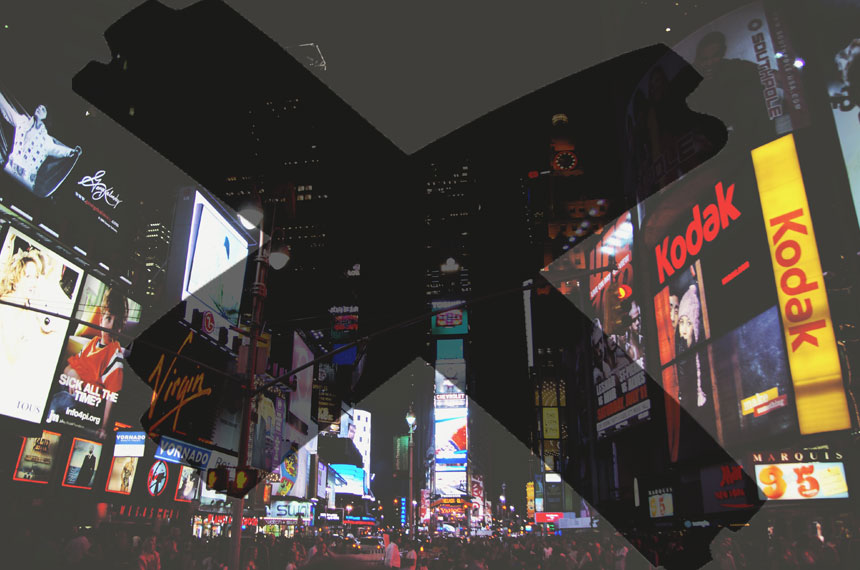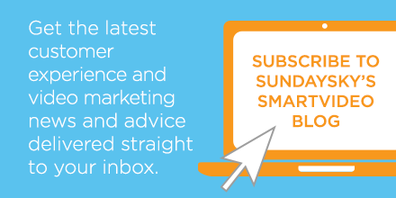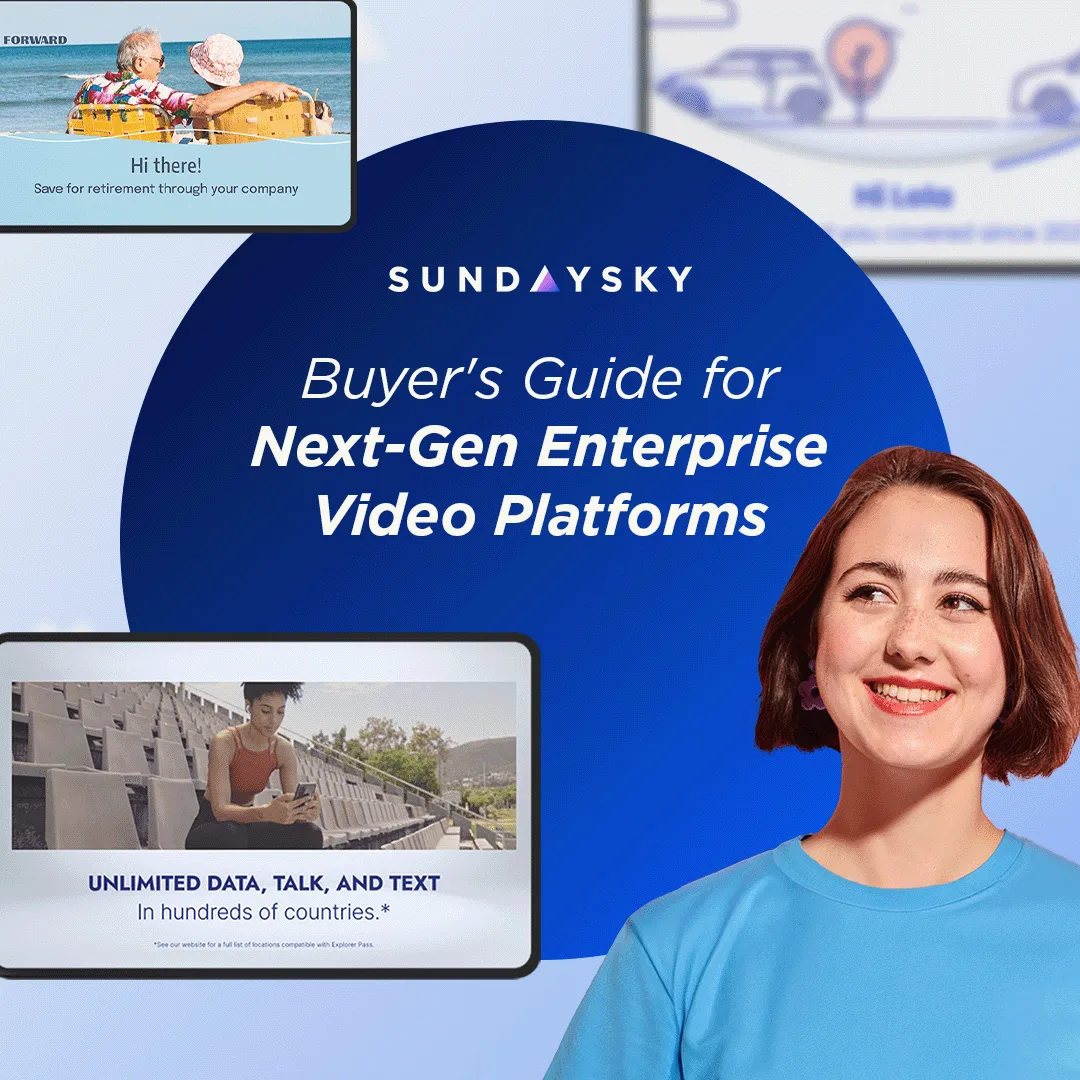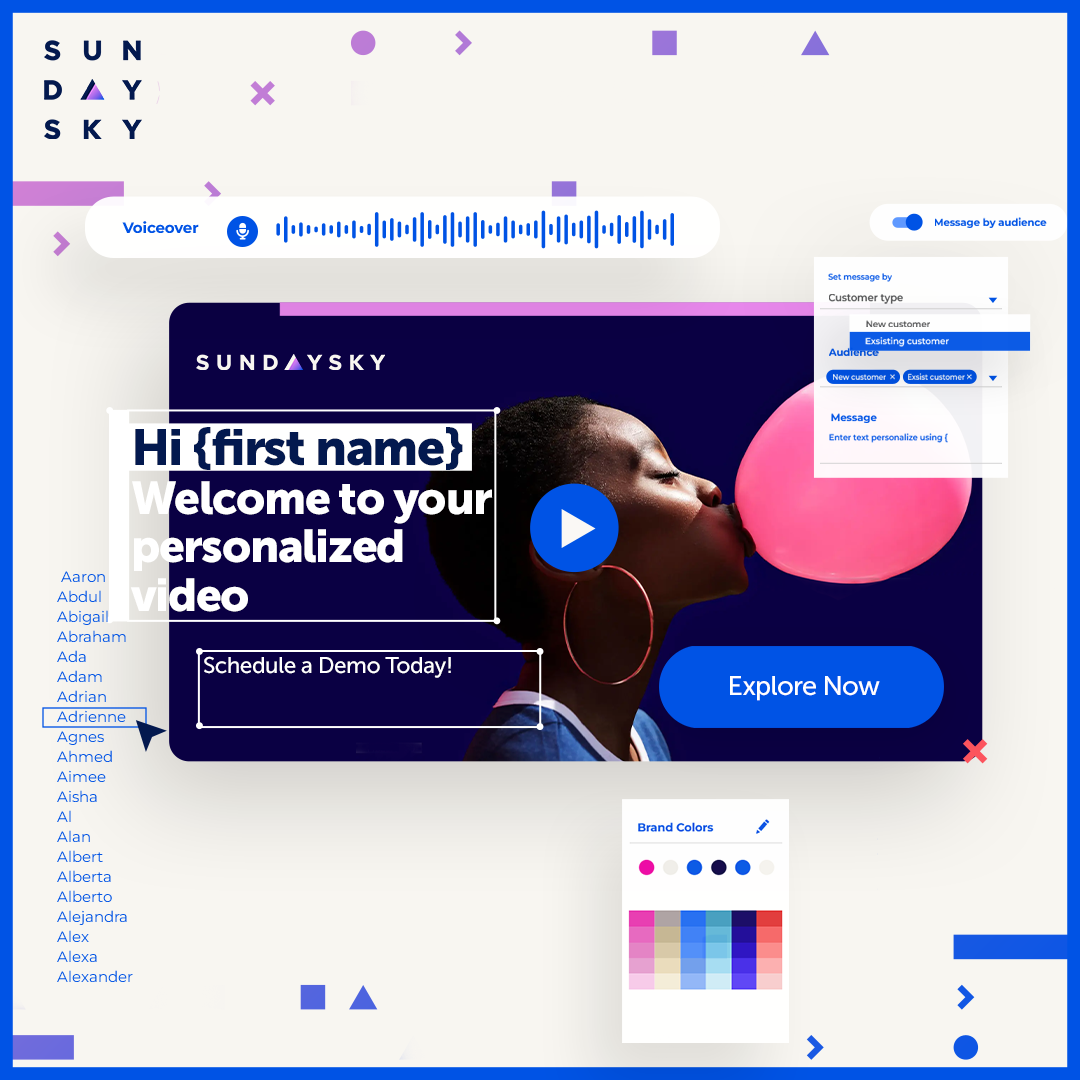Most of you reading this will have seen something about the rise in ad blocking recently. Adobe and PageFair released a study revealing that 45 million people in the U.S. are using ad-blocking software (a 48 percent increase from last year). The study left many industry insiders predicting what it means for the future of advertising.
Rather than believe those who say this is the beginning of the end of digital advertising, the most valuable outcome of all this talk should be that advertisers take a far more introspective look at the relationship between ads and consumers.
Today’s consumer is more empowered than at any other time in history. We want what we want, when and how we want it…and, frankly, we expect to get it! At the same time, most of the content and experiences we enjoy online are free because advertising supports them. So, why are consumers blocking ads when that could threaten the very foundation of the digital freedom they so enjoy? Quite simply, it’s because they can and because most ads are not valuable or relevant to them.
So, what is the solution? I don’t believe for a moment that the masses have any real intention of paying for most of their digital content and experiences – which is what would happen if ad blocking becomes the norm. Rather, advertising needs to catch up to the empowerment of the consumer and provide engagement that matters.
Advertising is still largely a one-to-many proposition. That might work when the medium is television and the consumer is passively entertained. But, in a digital world with active consumers, one-to-many simply does not work.
Advertisers need to find a balance between the necessity of advertising to support online content and consumers’ acceptance levels. Coull’s Irfon Watkins does a good job of thoroughly outlining this in Ad Age, but I’ll highlight a key point here: as consumers become better accustomed to tuning out ads, advertisers and publishers alike notice the decline in ad effectiveness. This leads to a higher ad frequency and more aggressive attempts at winning consumers’ attention, which in turn increases consumer resentment. As Watkins puts it, “If someone is already not listening, shouting louder typically only serves to antagonize them further.”
We have more data and technology than ever before at our fingerprints to truly create 1-to-1 advertising that is relevant to each and every consumer. And, consumers have told us they prefer ads tailored to them. Instead of shouting louder at the masses, we should be having 1-to-1 conversations with consumers.
I like to call this phase of advertising’s evolution the “Advertising of You,” meaning ads are essentially built by you and for you, based on who you are and what you do. We can create relevance and personalization rarely before achieved in advertising and do so even with the power of sight, sound and motion behind it.
So I’m putting out a call to all advertisers: Let’s respect these empowered consumers (we are all one ourselves, anyway) and deliver relevant ads that improve their relationships with brands, while not detracting from their online browsing experience. This will lead to the things that matter most in advertising – an advertising-supported digital world that creates more engaged consumers means greater revenue for a marketer’s business.





